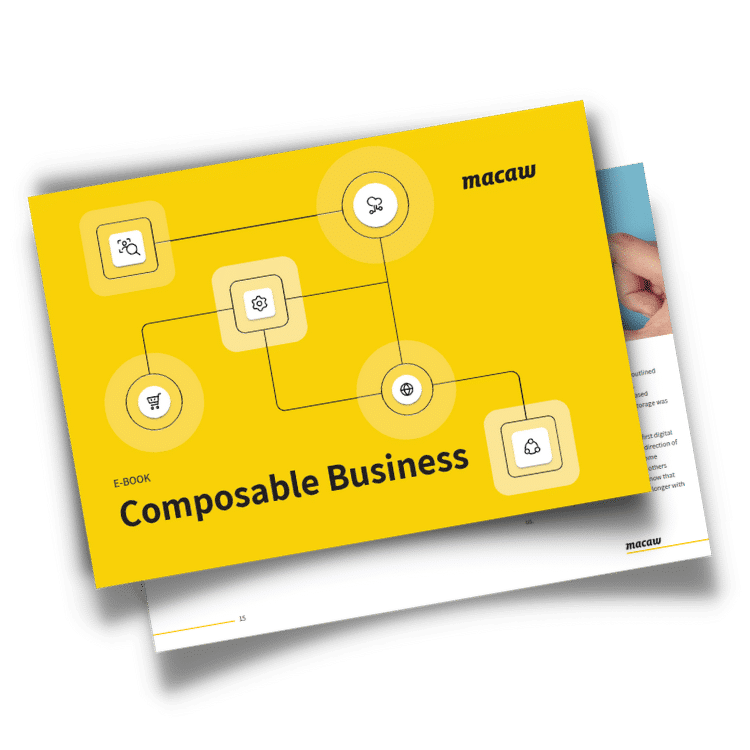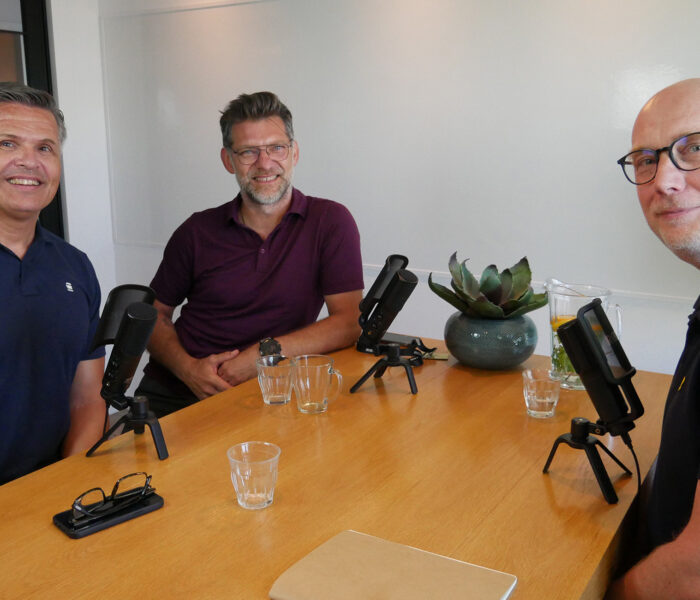The term “MACH” stands for Microservices, APIs, Cloud-native, and Headless. These four technological pillars provide a flexible and scalable architecture for digital businesses. The MACH principles are the leading architectural principles when it comes to digital experience. A MACH architecture brings together the various technical components necessary for a seamless customer journey and rapid adaptability. MACH utilizes a microservices and API-based cloud architecture that is headless. With MACH, marketers are no longer bound to a large monolithic suite from a single vendor and its components.
Old wine in new bottles?
That’s quite a promise. Is MACH just a buzzword? No, it’s not, although it may seem like old wine in new bottles, especially for IT professionals working on the backend side. After all, cloud has long become a standard in that area. And that’s great news, because the marketing department needs to have the right connection with the backend. Marketers want to inform customers about the supply chain—for example stock availability, location, and timely deliveries. Many of these systems have already been built using the MACH principles. The underlying technology is already commonplace, which is an advantage. That technology has already proven itself, providing you with certainty.
MACH in four steps
Let’s dive into the four letters of MACH: Microservices enable the development, implementation, and scaling of different components of an application independently. This means marketers have more flexibility in customizing and upgrading specific components. This is also known as a composable DXP (Digital Experience Platform). For example, a marketer can easily integrate a new email marketing tool without having to change the entire marketing infrastructure. This enables them to respond quickly to changing market conditions and better serve the consumer.
APIs (Application Programming Interfaces) play a crucial role in enabling integration and communication between different systems. Thanks to APIs, marketers can seamlessly connect various tools and platforms. They can exchange data between different systems, such as CRM platforms, e-commerce platforms, and content management systems. This provides better insights into customer behavior, enables large-scale personalization, and allows for the creation of automated workflows.
Cloud-native refers to designing and implementing applications specifically built for cloud environments. By leveraging cloud-native principles, marketers can achieve scalability and flexibility without significant investments in hardware and infrastructure. Moving activities to the cloud allows marketers to scale easily based on demand, achieve faster time-to-market, and optimize costs. Furthermore, the cloud provides access to advanced data analytics and machine learning tools, enhancing the ability to anticipate consumer needs.
Lastly, headless architecture decouples the frontend (user interface) from the backend (data source and logic). This means freedom to deliver content across various channels and devices, such as websites, mobile apps, voice-controlled devices, and smart devices. This approach enables omnichannel marketing and empowers marketers to deliver the right message to the right person at the right time.
The MACH principles offer the opportunity to be more agile, scalable, and innovative in the digital era. By utilizing microservices, APIs, cloud-native, and headless architecture, marketers can adapt quickly to market changes and deliver personalized experiences at scale.








